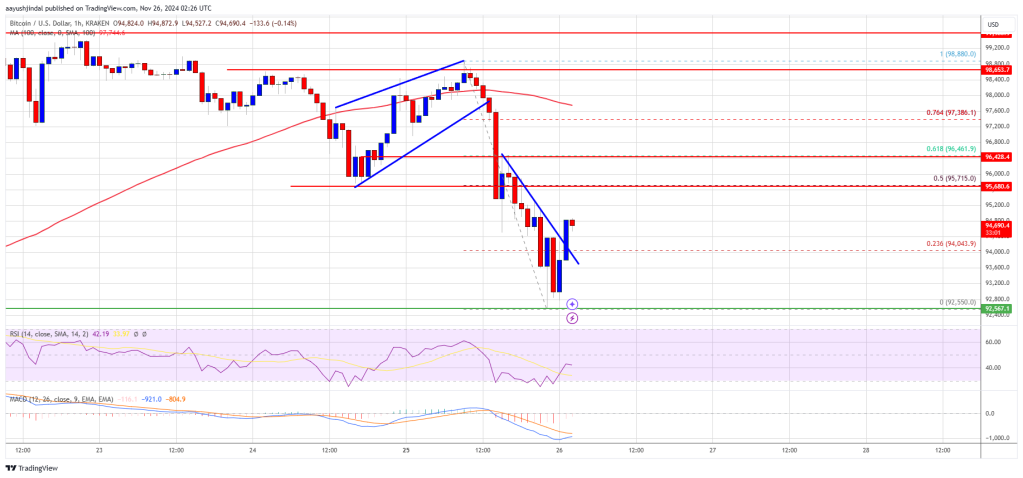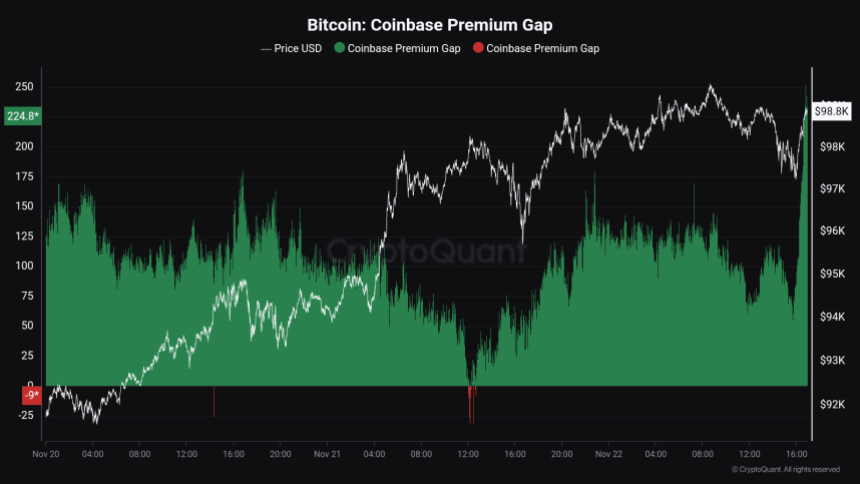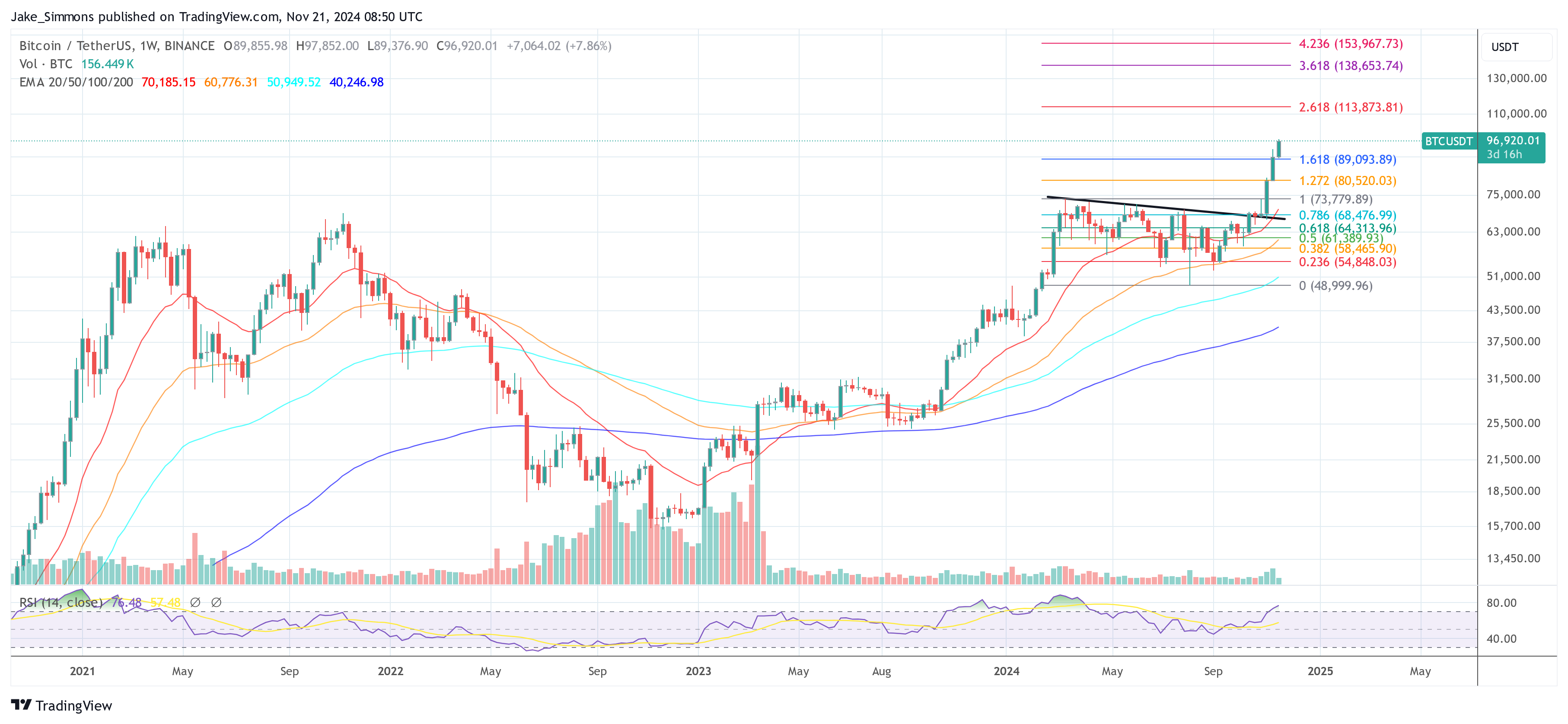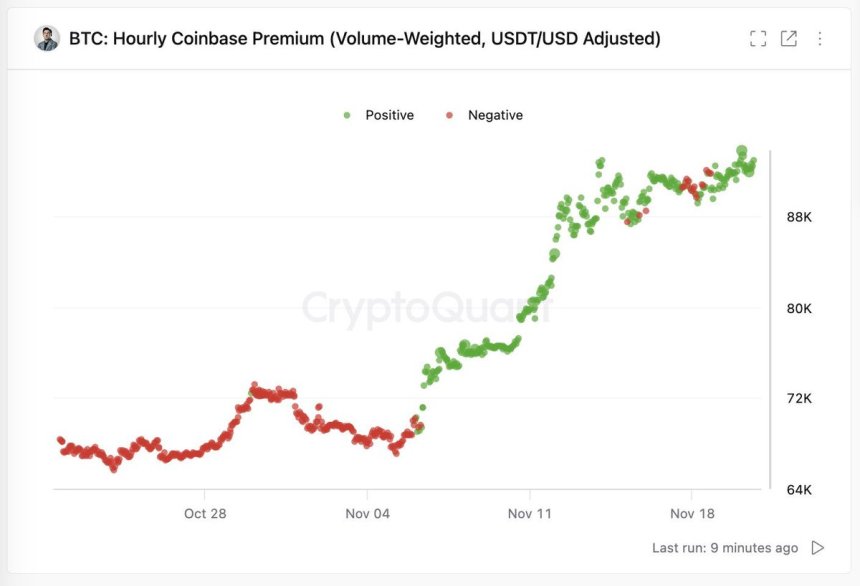Bitcoin has continued to stagnate recently as another recovery move has failed to prosper. So here’s an indicator that may hint when a break could happen.
Around the start of this week, Bitcoin observed a sharp plunge that had taken the asset’s price from the $30,000 level down to the $29,000 mark. A couple of days back, however, the coin had started surging again and had reclaimed the $26,600 level.
This uplift in the price had come as the US Fed had announced a 25 bps interest rate hike, but before long, the recovery efforts had run out of steam, and now, the cryptocurrency has already retraced its gains from the rally.

Earlier, Bitcoin had been stuck in a phase of stagnation above the $30,000 level for more than a month, but with the plunge in the price, this streak had been broken.
The asset now sticking near the $29,000 level may mean, however, that volatility hasn’t truly returned for the asset yet, as it still continues to consolidate, just around a different level. When a true break away from this stagnation may happen and the rally would return could possibly depend on the total supply of all the stablecoins.
As explained by an analyst in a CryptoQuant post, range-breaking price rises in Bitcoin this year have generally only come whenever the stablecoin supply has registered an increase.

As the quant has marked in the chart, the major price increases in the past few months have generally preceded a sharp local increase in the supply of the stablecoins.
Usually, an increase in the stablecoin supply can suggest two things. First, there may be a fresh injection of capital happening into the market, as investors ask for more of these fiat-tied tokens to be minted.
And second, some holders of other coins like Bitcoin may be selling their coins to seek the relative safety that the stablecoins offer. Either way, such investors who hold their capital in the form of stables do so because they eventually plan to dip (back) into the volatile side of the market.
Due to this reason, the total stablecoin supply may be looked at as a store of buying pressure that can be deployed into assets like Bitcoin.
From the chart, it’s visible that it hasn’t exactly been the increase in the stablecoin supply that has fueled the price surges this year, but rather the decline in the metric that followed shortly after.
Related Reading: Bitcoin At Decision Point As Investors Hold Neutral Sentiment
These decreases in the supply suggested a transfer of capital into Bitcoin and others, which is why their prices observed a bullish boost. It’s also visible in the graph, however, that the stablecoin supply has been on a net decline in this period, meaning that the dry powder tied up in these tokens has been constantly running out.
Based on this trend, if the stablecoin supply doesn’t see another major cash injection in the coming days, then the Bitcoin rally may not be able to resume.
At the time of writing, Bitcoin is trading around $29,200, down 1% in the last 24 hours.
Bitcoin Rally May Not Resume Until The Stablecoin Market Cap Goes Up
Around the start of this week, Bitcoin observed a sharp plunge that had taken the asset’s price from the $30,000 level down to the $29,000 mark. A couple of days back, however, the coin had started surging again and had reclaimed the $26,600 level.
This uplift in the price had come as the US Fed had announced a 25 bps interest rate hike, but before long, the recovery efforts had run out of steam, and now, the cryptocurrency has already retraced its gains from the rally.
Earlier, Bitcoin had been stuck in a phase of stagnation above the $30,000 level for more than a month, but with the plunge in the price, this streak had been broken.
The asset now sticking near the $29,000 level may mean, however, that volatility hasn’t truly returned for the asset yet, as it still continues to consolidate, just around a different level. When a true break away from this stagnation may happen and the rally would return could possibly depend on the total supply of all the stablecoins.
As explained by an analyst in a CryptoQuant post, range-breaking price rises in Bitcoin this year have generally only come whenever the stablecoin supply has registered an increase.

As the quant has marked in the chart, the major price increases in the past few months have generally preceded a sharp local increase in the supply of the stablecoins.
Usually, an increase in the stablecoin supply can suggest two things. First, there may be a fresh injection of capital happening into the market, as investors ask for more of these fiat-tied tokens to be minted.
And second, some holders of other coins like Bitcoin may be selling their coins to seek the relative safety that the stablecoins offer. Either way, such investors who hold their capital in the form of stables do so because they eventually plan to dip (back) into the volatile side of the market.
Due to this reason, the total stablecoin supply may be looked at as a store of buying pressure that can be deployed into assets like Bitcoin.
From the chart, it’s visible that it hasn’t exactly been the increase in the stablecoin supply that has fueled the price surges this year, but rather the decline in the metric that followed shortly after.
Related Reading: Bitcoin At Decision Point As Investors Hold Neutral Sentiment
These decreases in the supply suggested a transfer of capital into Bitcoin and others, which is why their prices observed a bullish boost. It’s also visible in the graph, however, that the stablecoin supply has been on a net decline in this period, meaning that the dry powder tied up in these tokens has been constantly running out.
Based on this trend, if the stablecoin supply doesn’t see another major cash injection in the coming days, then the Bitcoin rally may not be able to resume.
At the time of writing, Bitcoin is trading around $29,200, down 1% in the last 24 hours.






